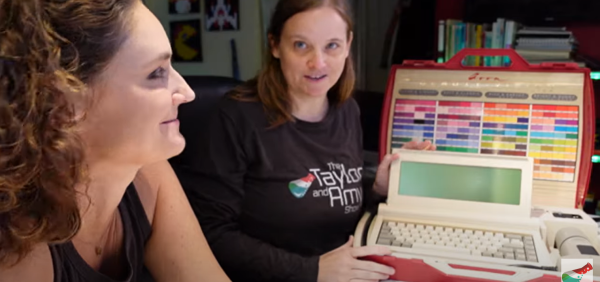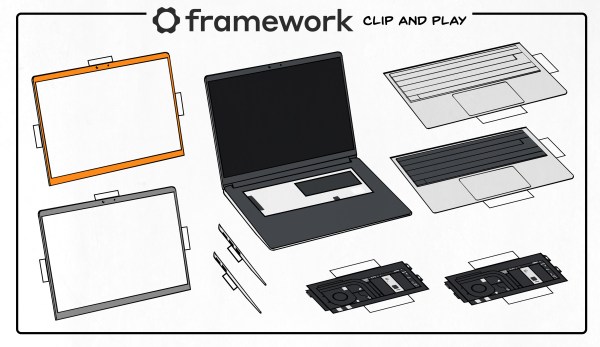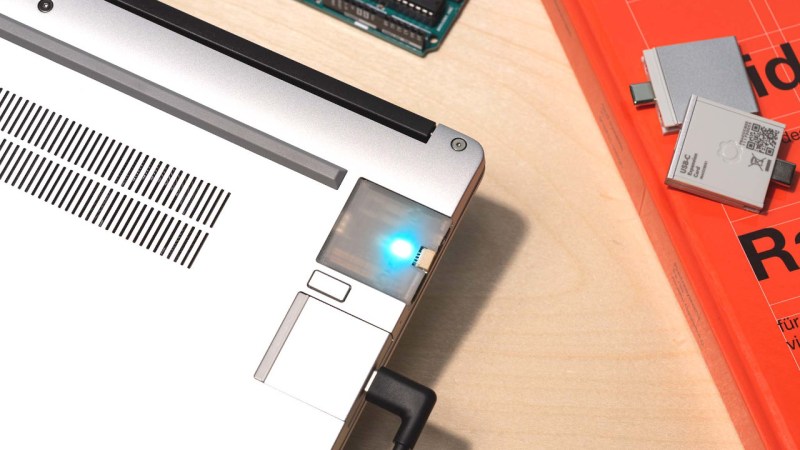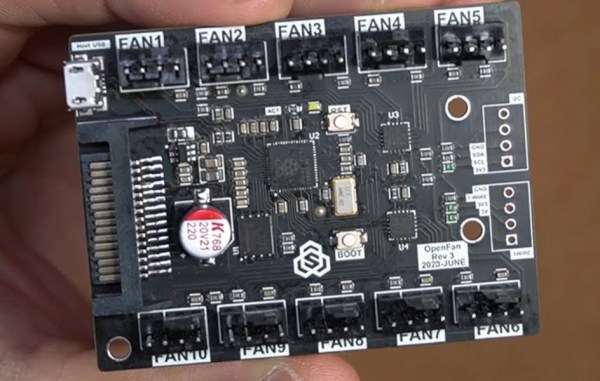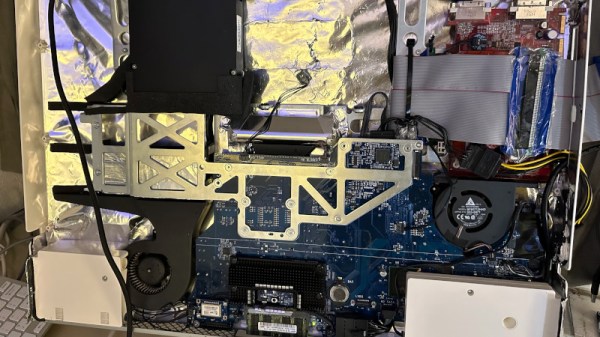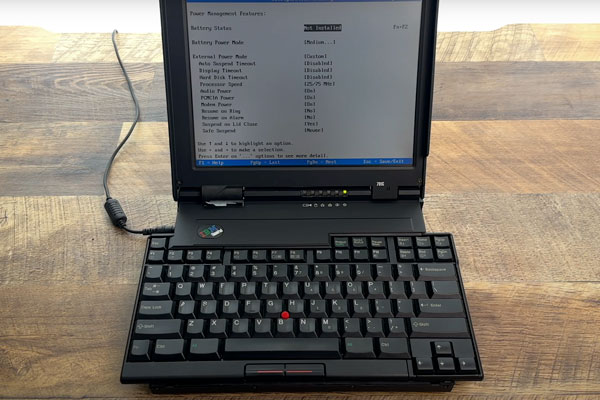Hot off the heels of their musical debut 6502 song the good folk at the Taylor and Amy Show are at it again. This time instead of assaulting our auditory senses, they play with our perception of color all while keeping the spirit of retro computing alive.
To back up a bit, I had the pleasure of witnessing the discovery of the Avon Beauty Vision Computer while at the Vintage Computer Festival Mid-West (VCFMW) this past September. We had visited the home of our friend [Jim W] from VCFMW who nonchalantly pulled down from the shelf the reddest computer I have ever seen.
A crowd quickly gathered at this newfound treat, designed and built before the invention of the Blue LED, was fallen upon and the process of prying out its secrets began. I was not privy to the negotiations, but I did notice a brightly colored red suitcase being exfiltrated by highly trained operatives later that night.

